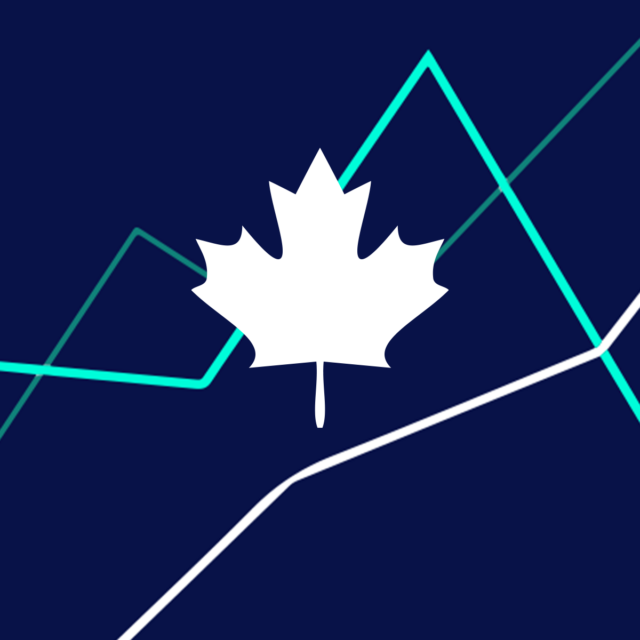In a time when all we hear about is “unprecedented” challenges – the World Bank, unfortunately continues to operate in the most predictable and “precedented” way. Last week the world’s biggest financial stakeholders had an opportunity to fundamentally reform the operations of the Bank to unlock the callable capital needed in order to address the significant development challenges facing the world today – we saw some baby steps, but what we needed were giant leaps. Reforming the way Multilateral Development Banks (MDBs) lend maybe sounds a bit niche to the average ear, but it is absolutely at the heart of moving from ‘billions to trillions’ and making a real difference in aggressively tackling climate change, recovering from the food security and nutrition crisis, and addressing sustainable economic growth and jobs across the global south.
Let’s start by recapping some of the reforms that nearly a 100 political and economic leaders, including heads of government, were calling for:
- Increase the availability of callable capital by taking concrete steps under the Capital Adequacy Framework (CAF) initiated by the G20 countries. These reforms would allow the Bank to better use its existing capital to increase climate and development financing for low- and middle-income countries, while at the same time fulfilling its core mandate of global poverty reduction.
- Solve the World Bank’s ‘fiscal cliff’ created by front loading spending to address the #polycrisis. This could include an exceptional push to replenish IDA and immediately amending the World Bank’s equity to loans ratio.
- Set up a new annual summit for International Financial Institutions, Multilateral Development Banks and Regional Banks with the aim of developing a clear division of labor between the institutions, and encouraging other MDBs to maximize lending through more efficient use of their balance sheets.
- Halve loan approval times Set a breakthrough goal to cut the time from proposal to disbursement in half and commit to a radical level of transparency in sharing data and evaluations.
What did we actually get out of the World Bank last week? The most substantial action of the package includes lowering the minimum equity-to-loan ratio to 19%, meaning an additional US$50 billion of lending capacity over 10 years (US$5 billion a year) as well as considering a proposal to remove the Statutory Lending Limit (SLL) from the Articles of Agreement and the creation of an IDA crisis facility given the “the impact that the multiple crises have had on the poorest countries.”
Debt restructuring and relief was also a hot ticket on the World Bank development agenda – with discussions centered on ending the deadlock between lenders including the IMF, China, banks and bond buyers to restructure the billions of dollars of debt currently held in low and middle income countries. The New York Times reports that “An estimated 56 countries are in debt distress or at risk of it — more than twice as many as in 2015.” On this too, progress was mixed. The creation of the new Global Sovereign Debt Roundtable, led by the IMF, the World Bank and India was good news in terms of facilitating conversation, but still much is left unresolved and each passing day puts global financial markets at greater risk.
On the positive side, Canada’s Finance Minister Chrystia Freeland expressed support for reforms of the World Bank’s lending practices and risk appetite, and called on the Global Emerging Markets Risk Database Consortium (GEMs) to be available more publicly – which is incredibly important for transparency and encouraging private investments in Africa and elsewhere. It is fantastic to see Canada support these reforms, but the Bank is moving too slowly, so our message to Minister Freeland is: keep the pressure up, and demand quicker action and ambition from the World Bank.
Canada also stepped up by pledging to share up to 40% of its Special Drawing Rights (SDRs)–a reserve asset distributed by the International Monetary Fund to respond to the Covid economic aftershocks. Although full details were not provided, it appears that around half of these SDRs will be loaned to Ukraine, and the other half to other low and middle-income countries through the IMF. Sharing SDRs is something we have been calling for since early in the pandemic and we are glad to see this commitment from Canada, but we can and should do more so that more countries can benefit. As Prime Minister Trudeau said himself, we do not need the SDRs, so they need to be put to good use to address climate change, food security and help countries be better prepared for future pandemics.
The upshot is that we can’t keep looking to the financial solutions of the past to try and meet the global challenges we’re collectively facing and the targets of the SDGs. After 80 years of operation we need to embrace innovation, reform and ambition – we’ve made some progress, but slow and steady isn’t going to win this race. We need leaders like Canada to continue coming to the table, pushing reform and accelerating the path to development.

